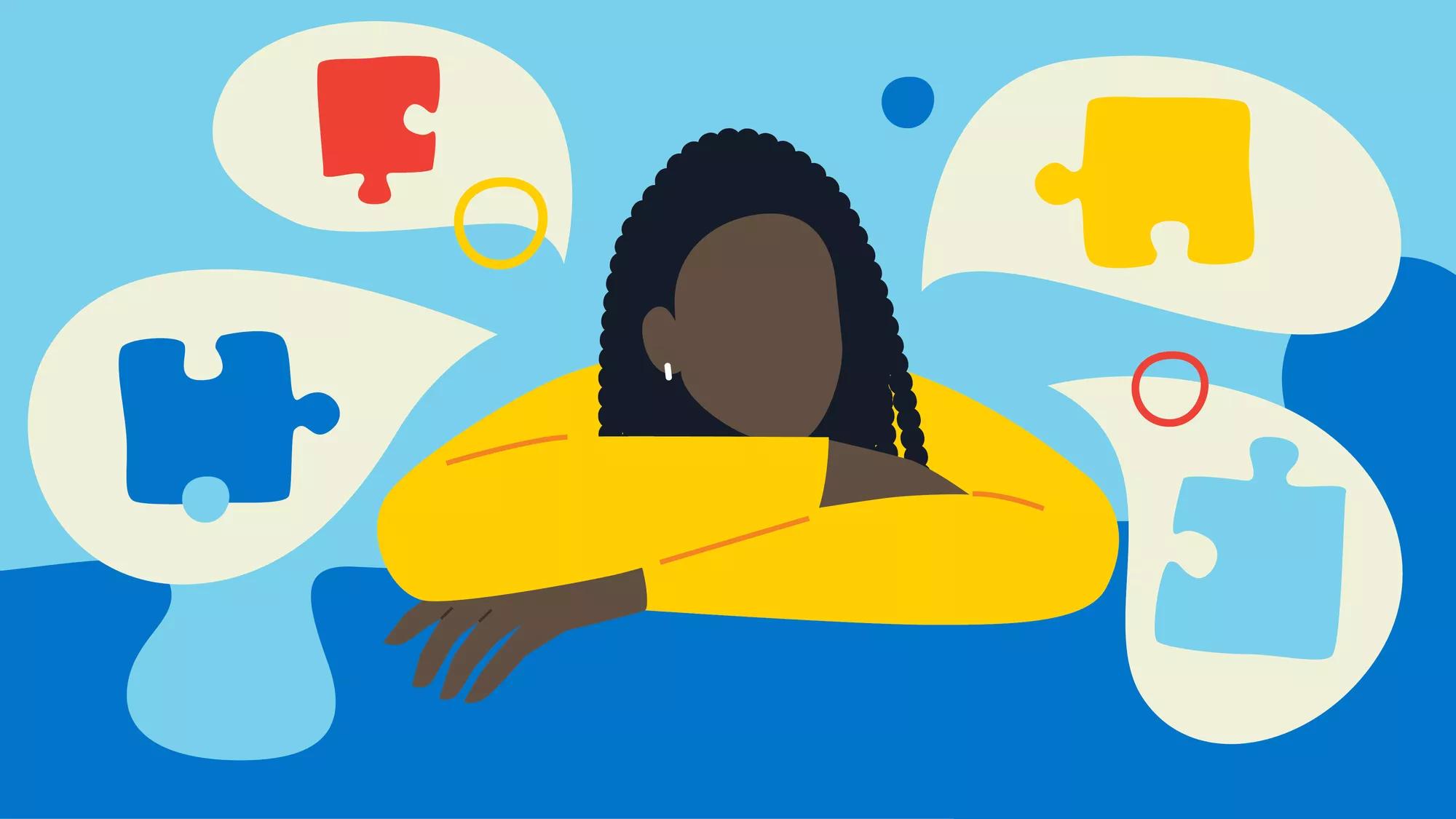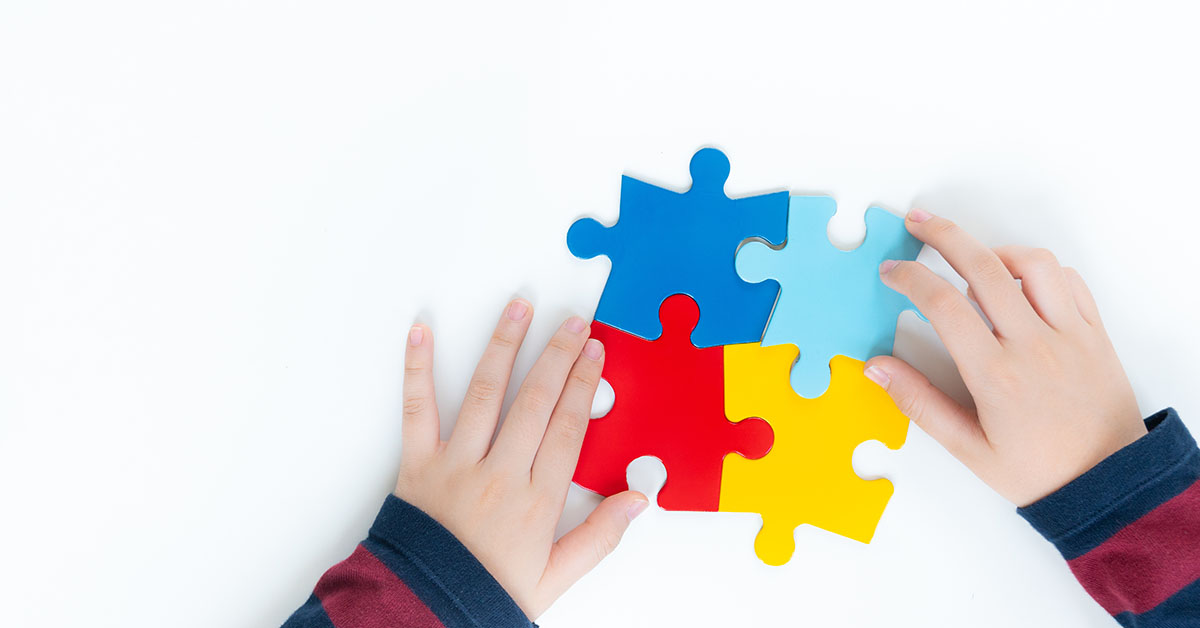The Role of Education And Learning in Supporting Trainees with Autism: Best Practices
The Role of Education And Learning in Supporting Trainees with Autism: Best Practices
Blog Article
Discovering Autism: Methods for Efficient Communication and Interaction
Effective communication and communication with people on the autism spectrum require a comprehensive understanding of their one-of-a-kind needs and preferences. Strategies such as using clear language, using aesthetic assistances, and fostering consistent routines can significantly enhance engagement and reduce stress and anxiety. Acknowledging the importance of non-verbal cues and shared interests paves the way for purposeful connections. The details of these strategies expose additional factors to consider that warrant expedition, especially in how they can be adjusted to diverse contexts and individual experiences. What might these adaptations appear like in method?
Understanding Autism Range Condition
Autism Range Problem (ASD) includes a range of neurodevelopmental conditions characterized by obstacles in social communication, interaction, and recurring behaviors. The term "spectrum" reflects the varied indications and differing levels of extent experienced by people with ASD. While some might show substantial problems, others may show high-functioning traits, permitting higher freedom in every day life.
The onset of ASD usually happens in early youth, with signs usually well-known by age two. Early indicators may include delayed speech growth, minimal eye contact, and problems in comprehending social cues. Although the accurate etiology of ASD continues to be uncertain, research study recommends a mix of ecological and hereditary aspects plays an essential duty in its growth.
Individuals with ASD typically have one-of-a-kind staminas, such as heightened interest to detail and extraordinary memory skills. They might have a hard time with comprehending abstract concepts and handling modifications to routine - autism. As an outcome, interventions and support customized to individual demands are essential for fostering interaction and social abilities. Acknowledging the complexity of ASD is vital for advertising understanding, approval, and efficient techniques that help with purposeful communications with individuals on the range.

Relevance of Clear Interaction
Reliable communication is vital for fostering understanding and connection, particularly for individuals with Autism Spectrum Disorder (ASD) Clear communication not just assists in social interactions yet also boosts the person's capability to share their feelings, thoughts, and needs. For people with ASD, the subtleties of language can commonly be testing; as a result, making use of uncomplicated and unambiguous language is vital.
Moreover, clear interaction assists decrease disappointment and anxiety that might develop from misunderstandings. When messages are shared in a direct and constant way, people with ASD are better equipped to analyze information properly, which can substantially enhance their social involvement and participation in numerous settings.
Establishing routines and using visual supports can further bolster clear communication. These methods offer people with foreseeable structures that help understanding and retention of info. Furthermore, proactively being and paying attention individual throughout interactions advertises a supportive environment where people with ASD really feel valued and recognized.
Eventually, prioritizing clear communication not only encourages individuals with ASD but also promotes even more meaningful links with their peers, caretakers, and the wider neighborhood, leading the way for collective partnerships and inclusive interactions. - autism
Non-Verbal Communication Techniques
Communication expands past words, and for people with Autism Range Problem (ASD), non-verbal cues play a substantial role in interactions. Non-verbal communication methods can consist of face expressions, gestures, body language, and eye contact, every one of which function as vital elements for sharing feelings and intentions.
Understanding and translating these non-verbal signals can boost interactions with people with ASD. For example, a cozy smile or open pose can produce an inviting atmosphere, urging involvement. In a similar way, utilizing aesthetic help-- such as photo cards or symbols-- can link interaction spaces and aid share messages more efficiently.
It is additionally crucial to be conscious of personal room, as people with ASD might have different comfort levels relating to proximity. Observing their reactions to physical nearness can notify ideal adjustments.

Developing Helpful Atmospheres
Developing a supportive setting is essential for fostering favorable communications and enhancing the well-being of individuals with Autism Range Disorder (ASD) Such environments can dramatically reduce anxiety and produce a feeling of safety, enabling people to express themselves more freely.
To accomplish this, it is necessary to think about sensory sensitivities that individuals with ASD might experience. Modifying the physical space to include soft lighting, minimal history noise, and comfy seats can develop a relaxing environment. Furthermore, making use of constant routines and try this site clear aesthetic timetables can aid people expect shifts and reduce uncertainty, additional advertising convenience.
Social areas need to be structured to decrease frustrating stimuli while offering chances for involvement in recommended activities. Promoting areas marked for peaceful time can also function as a refuge throughout moments of tension. Notably, including aspects of selection equips people, allowing them to work out company in their environment.

Urging Social Communications
Cultivating social interactions among individuals with Autism Range Disorder (ASD) calls for intentional approaches that focus on convenience and involvement. Developing foreseeable routines can help minimize stress and anxiety, making social setups much more friendly. Creating structured atmospheres with specified responsibilities and duties permits people to involve without the frustrating pressure of disorganized social dynamics.
Integrating interests and staminas right into social activities can act as a driver for interaction. For instance, arranging team activities around shared leisure activities or subjects of attraction can assist in all-natural discussions and connections. In addition, utilizing aesthetic assistances, such as pictorial timetables or social manuscripts, can aid in recognizing social signs and assumptions.
Designing appropriate social actions is vital - autism. Adults and peers need to show efficient interaction methods, consisting of energetic listening and turn-taking. Role-playing situations can likewise provide a check that safe space for people to practice these skills
Finally, cultivating peer partnerships with inclusive techniques is crucial. Encouraging inclusive playdates or team getaways can produce opportunities for socializing in a comfy setup. By carrying out these strategies, teachers and caretakers can considerably enhance social communications for people with ASD, promoting their general social growth and health.
Final Thought
Finally, efficient interaction and interaction techniques are crucial for supporting people with Autism Range Problem. Stressing clear language, incorporating non-verbal signs, and developing predictable regimens substantially improve involvement and lower anxiousness. Creating supportive environments fosters risk-free social interactions, while urging shared rate of interests helps with meaningful connections. Ultimately, these techniques read equip individuals with autism to navigate social landscapes, advertising their total wellness and allowing the advancement of lasting connections.
Effective interaction and communication with people on the autism spectrum demand a comprehensive understanding of their unique requirements and choices. Clear communication not just assists in social interactions yet also boosts the person's capacity to reveal their emotions, thoughts, and demands.Cultivating social interactions among individuals with Autism Spectrum Condition (ASD) calls for willful methods that prioritize convenience and interaction. By executing these instructors, strategies and caregivers can significantly improve social interactions for individuals with ASD, advertising their general social growth and wellness.
In final thought, effective communication and interaction approaches are vital for sustaining people with Autism Spectrum Problem.
Report this page